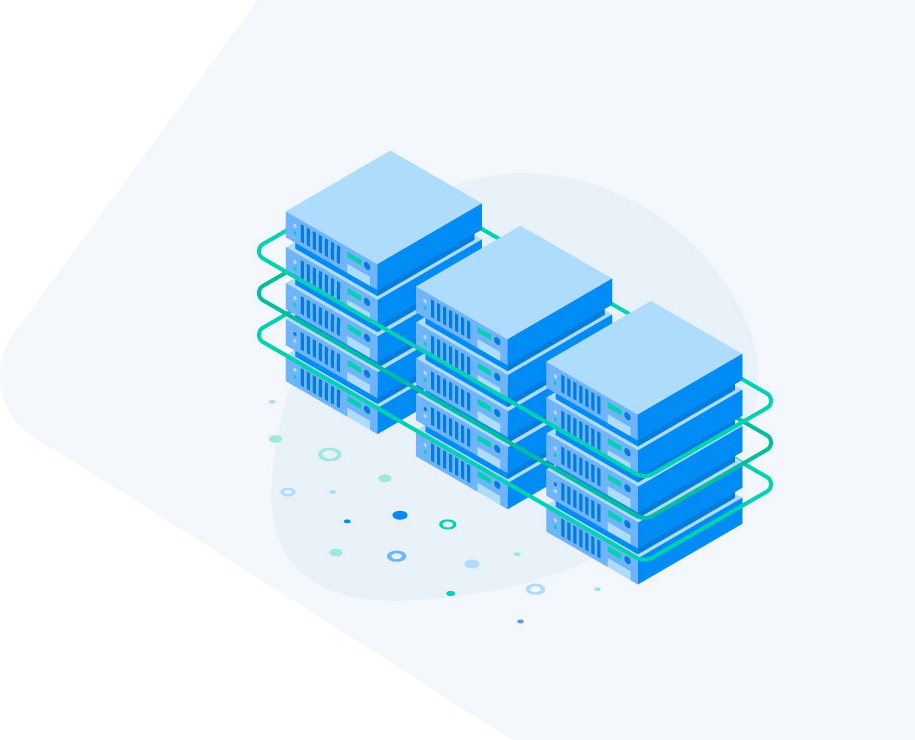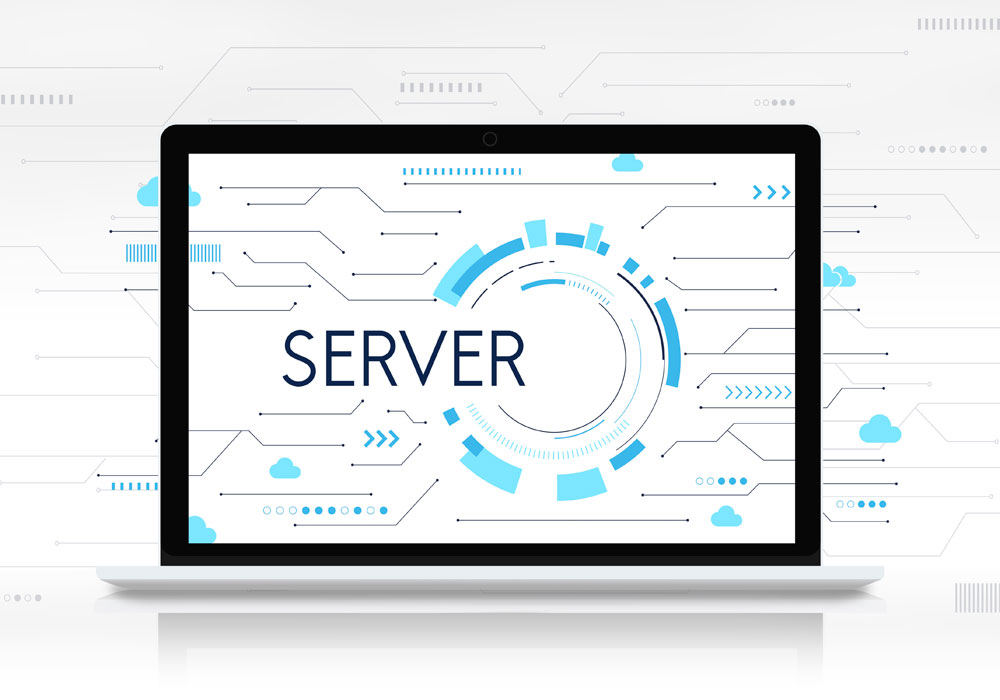
Datacenter & Network Details
Datacenter and network details refer to the physical location, infrastructure, and connectivity of a data center where an organization’s critical IT infrastructure and data are stored and managed.


Datacenter and network details refer to the physical location, infrastructure, and connectivity of a data center where an organization’s critical IT infrastructure and data are stored and managed.
Hosting security refers to the measures taken by web hosting providers to secure their servers and protect the websites and data of their customers from potential security threats. Here are some common hosting security measures:
Firewall: Hosting providers typically use firewalls to filter incoming and outgoing network traffic and block potentially malicious traffic.
Secure protocols: Hosting providers often use secure communication protocols, such as HTTPS, SSL, and TLS, to encrypt website traffic and protect against eavesdropping or data interception.
Malware scanning: Hosting providers may use malware scanners to detect and remove malicious software or viruses on their servers and websites.
Regular backups: Hosting providers may provide regular backups of their customers’ data to ensure that data can be restored in case of accidental deletion, data corruption, or other disasters.
Security patches and updates: Hosting providers may regularly update their servers and software to fix security vulnerabilities and ensure that their systems are up to date.
Access control: Hosting providers may use access control measures, such as password protection, two-factor authentication, and user permissions, to restrict access to their servers and prevent unauthorized access.
Monitoring and auditing: Hosting providers may use monitoring and auditing tools to track server activity and detect suspicious activity or security breaches.
Physical security: Hosting providers may use physical security measures, such as surveillance cameras, biometric authentication, and restricted access, to protect their data centers and servers from physical threats.




Server monitoring is the process of monitoring and analyzing the performance and health of servers to ensure they are running efficiently and reliably. Here are some common components and features of server monitoring:
Resource monitoring: Server monitoring typically involves monitoring resource usage, such as CPU usage, memory usage, disk space, and network bandwidth. This helps identify performance bottlenecks or capacity issues.
Application monitoring: Server monitoring may also involve monitoring the performance of applications running on the server, such as web servers, database servers, and email servers. This helps identify issues specific to the application, such as slow response times or errors.
Alerting: Server monitoring may include alerting mechanisms, such as email, SMS, or push notifications, to notify IT staff of issues or anomalies detected on the server. This enables IT staff to take immediate action and minimize downtime.
Log monitoring: Server monitoring may also include monitoring server logs, such as system logs or application logs, to identify errors or security issues. This helps ensure the server is running securely and reliably.
Historical reporting: Server monitoring may include historical reporting features that enable IT staff to analyze performance trends over time and identify long-term issues or capacity planning needs.
Automated remediation: Some server monitoring tools may include automated remediation features, such as restarting services or scaling resources up or down, to address issues without manual intervention.
Backup and recovery refers to the process of creating copies of data and storing them in a secure location, so that they can be restored in case of data loss or system failure. Here are some common components and features of backup and recovery:
Backup schedule: A backup schedule determines how often data is backed up, and which data is backed up. The backup schedule should be based on the importance of the data and how frequently it changes.
Backup types: There are different types of backups, such as full backup, incremental backup, and differential backup. Full backups make a complete copy of all data, while incremental backups only copy changes made since the last backup. Differential backups copy changes made since the last full backup.
Backup location: Backup data should be stored in a secure location, such as a cloud storage service or an offsite location. This ensures that the backup data is not affected by the same disasters or events that could affect the original data.
Recovery plan: A recovery plan should outline the steps required to restore data in case of data loss or system failure. It should include information on how to access backup data, how to restore the data, and who is responsible for carrying out the recovery.
Testing: Backups should be regularly tested to ensure that they are working properly and can be restored in case of an emergency. Testing also helps identify issues with the backup process or recovery plan before they become critical.
Automation: Backup and recovery processes can be automated using tools and software. This reduces the risk of errors and ensures that backups are performed regularly and consistently.


